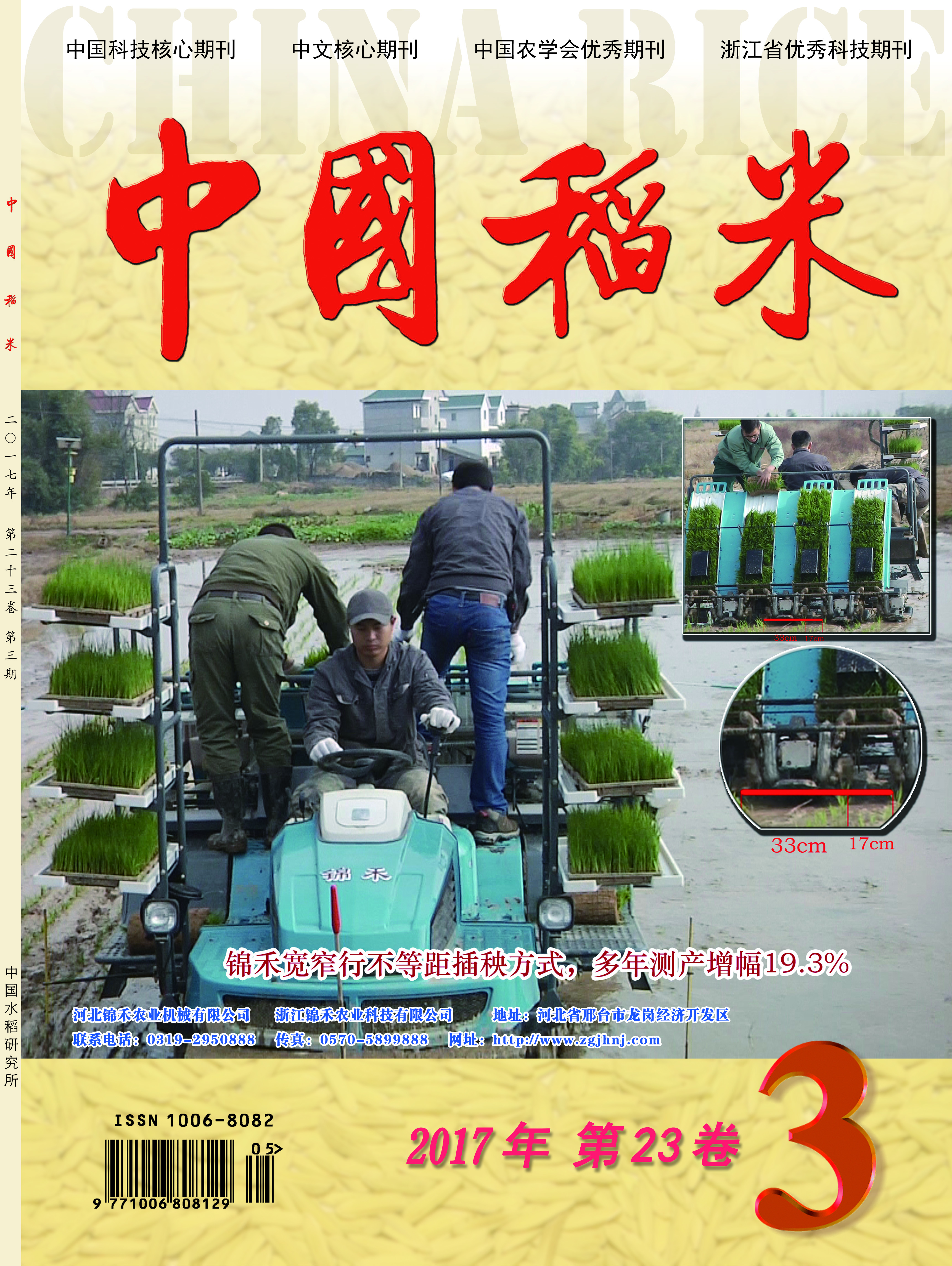|
|
Development of Rice Production in Recent Twenty Years and Its Influencing Factors in Xinjiang Uygur Autonomous Region
2017, 23(3):
22-27.
DOI: 10.3969/j.issn.1006-8082.2017.03.005
In order to reveal the spatial and temporal variation of rice production in Xinjiang and determine its influencing factors, the author collected and analyzed the related data from 1995 to 2014 in its four major rice-planting regions, namely, the north region of Northern Xinjiang, the south region of Northern Xinjiang, the north region of Southern Xinjiang and the southwest region of Southern Xinjiang. The total grain production of rice was increased by 58.0% from 1995 to 2014 in Xinjiang. With the sustainable increasing of rice areas of the south region of Northern Xinjiang, the rice planting area of Xinjiang increased by 2.3% during 1995-2014. Except for the south region of Northern Xinjiang, the planting area in other three regions tended to decrease year by year. In the period of 2010-2014, the south region of Northern Xinjiang was the largest in both total grain production and planting area in Xinjiang,accounting for 46.7% and 46.2%, respectively. The south region of Northern Xinjiang accounted for 36.5% and 34.1%, the southwest region of Southern Xinjiang had 16.7% and 19.7%, and the north region of Northern Xinjiang was smallest in both of them. From 1995 to 2014, the grain yield per hectare was increased by 54.3%, which could explain largely the increment of total grain production in Xinjiang. The average grain yield per hectare in recent 20 years ranked as: the north region of Northern Xinjiang (8 593.5 kg/hm2)> the south region of Northern Xinjiang (8 179.1 kg/hm2)> the north region of Southern Xinjiang (6 933.3 kg/hm2)>the southwest region of Southern Xinjiang(3 144.7 kg/hm2). The adverse climate change in recent years hinders the enhancement of grain yield in Xinjiang,particularly in the south region of Northern Xinjiang and the north region of Southern Xinjiang. In order to further increase the total grain production of rice in Xinjiang, major effective policies should concentrate on stabilizing planting areas in the south region of Northern Xinjiang and preventing the decline of planting areas in other three regions. The technological improvement should focus on breeding high yielding varieties with tolerance to drought and low temperature, prevention and reduction of natural disasters and adoption of proper farming management.
|

